Common causes of screw conveyor failures and their corresponding solutions
The screw conveyor has a simple structure, occupies a small area, is easy to seal, does not cause dust and is suitable for the transport of fine powdered and fibrous raw materials; it is not suitable for the transport of raw materials that are easily mouldy, sticky and easily agglomerated.
Screw conveyor includes drive equipment motor, reducer, raw material coal hopper, spiral shaft containing spiral leaves and support points on both sides, with inlet, pouring and checking ports underneath.
Mechanical faults include loose and broken coupling shaft ground bolts, torn spiral blades, twisted flange welds and hollow shaft gaps. Once the screw conveyor is abnormal, it will jeopardise the progress of the production line, so it is crucial to do the usual maintenance.
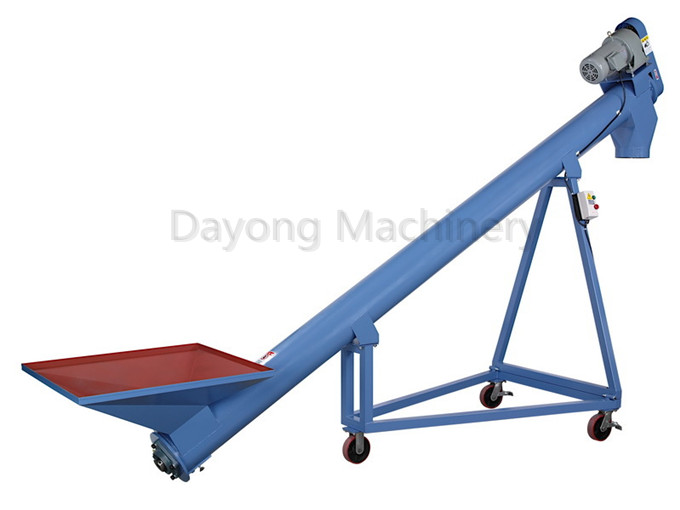
Screw conveyor blockage
Causes and solutions
1. Effective selection of each performance parameter of the screw conveyor, such as slow speed screw conveyor speed ratio can not be very large.
2. Strictly abide by the safety operating procedures to ensure no load starting and full load parking; ensure that the feeding material continues to be evenly balanced.
3. Increase the inlet or add a long material trough end to deal with the problem of blocked down feed or catching up with the down feed. Alternatively, a small section of counter-rotating leaf can be installed at the end of the inlet trough to prevent blockage at the beam end.
4. Carry out the necessary removal of the raw material entering the screw conveyor to avoid large dirt or chemical fibrous residues getting into the body and causing blockages.
5. Minimise the horizontal size of the positive middle suspension rolling bearing to reduce the likelihood of blockages when raw material is based on the positive middle rolling bearing.
6. Install hopper level and blockage sensor switches to maintain automatic control systems and alarms.
7. An anti-clogging hanger plate is set up on the rear cover of the pouring end. In the event of a blockage, as the raw material is deposited, the anti-blocking door is opened and the switch is disconnected according to the limit switch.
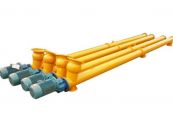
Damaged screw conveyor drive motor
Causes
1. The screw conveyor transports raw materials with hard solid lumps or small wooden blocks infiltrating, jamming the reaming auger, the electric flow surges and damages the motor.
2. The feed is too large and the motor is overloaded and damaged.
Solution
1. Avoid small pieces of wood entering and maintain a gap between the reaming auger and the housing.
2. Ensure that the feed is balanced and that the raw material is fed through before the machine is switched off.
Shaking of the screw conveyor housing
Cause
The axis of each screw section is not concentric when the screw conveyor is installed, and the shaft force rubs the shell during operation, making the shell shake.
Solution
Reinstallation to find the axis line.
Excessive temperature of screw conveyor suspension rolling bearings
Cause
1. Poorly installed part.
2. Abnormal friction caused by hard, solid masses penetrating the body.
Solution
1. Adjust the part of the suspension rolling bearing.
2. Remove the dirt and test run until all is well
Screw conveyor machine overflow
Cause
1. Dirt in the raw material blocked the spiral crane rolling bearing.
2. The gear drive is not working and has not been dealt with in time.
Solution
1. Shut down the machine to remove dirt from the body.
2. Shut down the machine and repair the gear transmission.





 (Live chat)
(Live chat)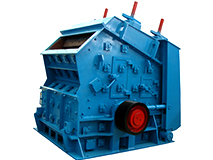
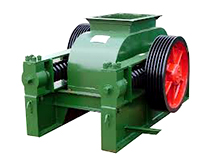
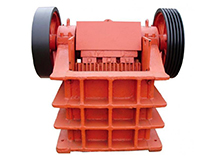
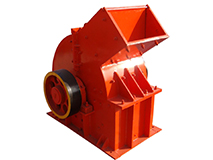
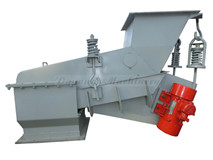

 +86-373-3669005
+86-373-3669005 laura@vibratingscreen.cc
laura@vibratingscreen.cc +86-373-3669006
+86-373-3669006 From West Room 5, 1st Floor, Building 18, Huilong Yangguang Mingyuan, New District, Xinxiang, Henan, China (Mainland).
From West Room 5, 1st Floor, Building 18, Huilong Yangguang Mingyuan, New District, Xinxiang, Henan, China (Mainland). Your Position:
Your Position:




